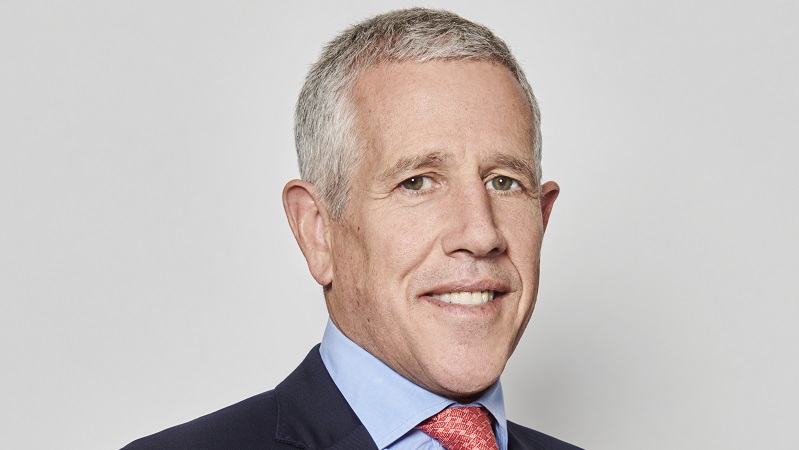The traditional idea of an inflationary environment is one of widespread upward pricing pressure that can quickly spread across economies, stifling consumption and forcing the implementation of stringent control measures such as sharp interest rate hikes. But what we are currently seeing is a largely unique scenario, where global inflation spirals have yet to emerge.
Despite much debate regarding future scenarios, inflation is currently occurring in relatively isolated pockets around the world, particularly among growth economies such as China, India and Indonesia. They have been the recipients of significant liquidity inflows created as a result of developed market central banks’ QE strategies, particularly in the US, where economies have been rapidly hydrated with significant cash injections.
Emerging inflation
These liquid assets have gradually been leaching from the home economies in search of more attractive long-term growth prospects, largely flowing towards the emerging markets. In contrast, many developed markets are still experiencing capacity slack following the sharp downturn, so are not facing any significant upward pricing pressure.
Excluding food and energy prices, which tend to display greater volatility, core inflation measures are largely showing benign results in the developed markets, particularly in the US where core consumer prices remain historically low.
But inflation still exists and represents a valid concern for investors. The traditional approach requires managers to make a call on the inflationary scenario, adopting either a ‘high’ or ‘low’ positioning stance, and shaping their strategy accordingly. Trying to anticipate when sentiment swings are going to occur or when inflation will potentially spread to a more generic global scenario is impossible to do consistently and therefore represents an investment gamble.
Isolation
This is often played out through the use of Treasury Inflation-Protected Securities and other index-linked fixed income securities. Such vehicles have been specifically designed for periods of widespread inflation, to limit risk and preserve capital. However, this blanket approach does not necessarily maximise the positive opportunities which the market has to offer. TIPS and their equivalents can prove to be too rigid in an environment where we are only seeing isolated pockets of inflation, forcing investors to make positioning calls, putting them at risk of speculation and sentiment swings.
In today’s environment, a new, more dynamic and flexible strategy is the key to harnessing the benefits of inflationary pockets within global markets. Moving away from the traditional application of fixed income products, the dynamic use of equities can be a valid alternative.
Such a strategy favours specifically targeting equities that have the potential to benefit from different inflationary environments around the globe. But as the economic scenario is constantly evolving, the approach must adapt as conditions change, encompassing the full range of inflationary environments – ranging from isolated pockets to a broad spread scenario – that could occur.
Supply/demand
Certain industries and sectors are better placed to benefit from inflationary trends than others. As supply tightens relative to demand for a product or commodity, for example due to natural constraints, structural issues, or difficulty in sourcing new capacity, a favourable buying opportunity is presented.
Cyclical industries typically evolve over three stages with each representing a distinct investment opportunity.
Early in the cycle during a demand downturn/supply consolidation when returns are low, there is an opportunity to invest in the producers within an industry. When conditions begin to improve, suppliers become the favoured holding in anticipation of increasing industry investment levels. Finally, as prices begin to peak, the focus switches to consumers.
Consumer pressure
Weak consumers are vulnerable to rising prices and become squeezed, ultimately creating demand destruction where only the strongest and most attractive – and therefore investable – companies can survive. In real terms, using the energy sector as an example, producers are represented by exploration and production companies that own the hard assets; suppliers come in the form of oil services companies which are set to benefit from expansionary spending; while consumers are the end-of-line businesses such as airlines that are well-positioned to prosper as energy prices begin to fall.
This cyclical approach acts as a guide to industry-wide themes helping to identify companies that are well-positioned to benefit from pockets of rising inflation. Such companies display the favourable fundamentals as well as the required pricing power to perform despite inflationary pressures.
Further strategic refinement needs to be implemented through disciplined stock selection to uncover companies that represent attractive investment opportunities in their own right, as well as being tactically positioned within the inflationary cycle.
This approach reduces the focus on market sentiment, easing the impact of speculation on investors, switching attention to company fundamentals. Ultimately, the companies identified stand to benefit whether inflationary pockets remain, or a more widespread scenario develops.
Manning & Napier is a US-based investment adviser whose mandates include the two GAM-branded Ucits funds; GAM Star Global Inflation Focus and GAM Star US All Cap Equities.









